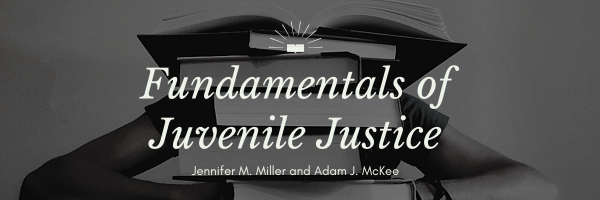Reading Assignment for Section 1.1
Read the following subsection in our online textbook:
What You Will Learn
In this section, you’ll travel through time to understand how attitudes toward young people who break the law have changed throughout history. You’ll discover why we have a separate juvenile justice system, explore the groundbreaking laws and court cases that shaped the rights of young offenders, and examine the powerful social, economic, and political forces that have influenced the treatment of youth in trouble.
Student Learning Outcomes for Section 1.1
- SLO 1: Describe the key differences between how young offenders were treated before the 19th century and how the modern juvenile justice system approaches young people in trouble with the law.
- SLO 2: Explain the philosophy behind the creation of the first juvenile courts and the concept of parens patriae.
- SLO 3: Identify at least two landmark Supreme Court cases that established due process rights for juveniles.
- SLO 4: Analyze different historical reform movements in juvenile justice and discuss how they changed the way youth offenders were treated.
- SLO 5: Discuss how changes in social attitudes, economic conditions, and political climates have influenced the goals and practices of juvenile justice throughout history.
Modification History File Created: 04/26/2024 Last Modified: 05/03/2024
[ Text Section | Back | Contents | Next]
You are welcome to print a copy of pages from this Open Educational Resource (OER) book for your personal use. Please note that mass distribution, commercial use, or the creation of altered versions of the content for distribution are strictly prohibited. This permission is intended to support your individual learning needs while maintaining the integrity of the material.
This work is licensed under an Open Educational Resource-Quality Master Source (OER-QMS) License.

